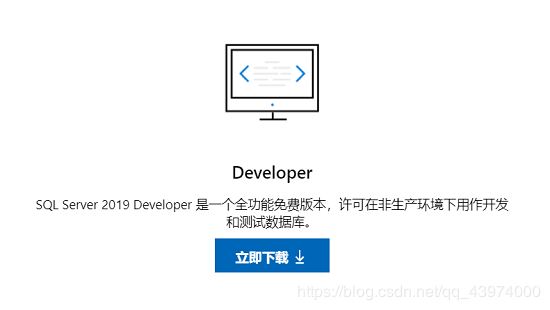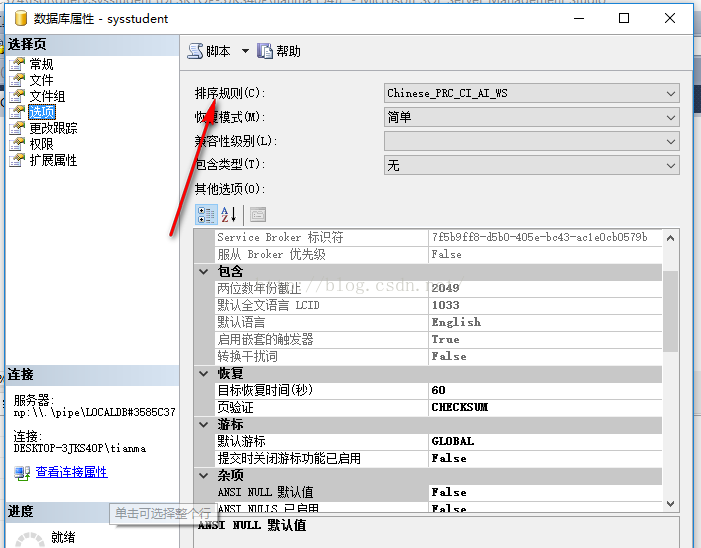1.什么是动态SQL
传统的使用JDBC的方法,相信大家在组合复杂的的SQL语句的时候,需要去拼接,稍不注意哪怕少了个空格,都会导致错误。Mybatis的动态SQL功能正是为了解决这种问题, 其通过 if, choose, when, otherwise, trim, where, set, foreach标签,可组合成非常灵活的SQL语句,从而提高开发人员的效率。
SQL语句不固定, 会根据前台用户的操作而进行变化的SQL语句, 可以被称之为动态SQL. 在MyBatis中, 提供了一组标签, 用于方便的实现动态SQL, 不需要通过java代码拼接字符串了.
###2.动态sql中的标签
1. <if>
用于条件判断, test属性表示判断结果, 要求是一个boolean.
2.<where>
用于维护where子句, 通常配合一起使用. 如下功能:
a)当没有条件时, 不会创建WHERE关键字;
b)当有条件时, 会自动生成WHERE关键字;
c)会自动去掉第一个条件的and/or关键字.
3.<choose><when><otherwise>
功能类似于switch…case…default, 表示多分支判断, 只能成立一个条件
<mapper namespace="com.bjsxt.mapper.UserMapper">
<select id="selByCondition" resultType="user">
select * from tb_user
<where>
<if test="id != null">
and id=#{id}
</if>
<if test="username != null and username != ''">
and username=#{username}
</if>
<if test="age != null">
and age <> #{age}
</if>
<choose>
<when test="birthday != null and birthday != ''">
and birthday = #{birthday}
</when>
<otherwise>
and birthday is null
</otherwise>
</choose>
</where>
</select>
</mapper>
4.<bind>
对参数进行加工, 通常用于模糊查询给参数加通配符
<select id="sel2" resultType="user">
<include refid="base_sql" />
<where>
<if test="realname != null and realname != ''">
<bind name="realname" value="'%' + realname + '%'"/>
and realname like #{realname}
</if>
</where>
</select>
5.<include>
配合使用, 用于提取通用sql语句片段, 用于引用SQL片段
<sql id="base_sql">
select
id, username, password, realname, age, birthday, reg_time regTime
from tb_user
</sql>
<select id="sel2" resultType="user">
<include refid="base_sql" />
<where>
<if test="realname != null and realname != ''">
<bind name="realname" value="'%' + realname + '%'"/>
and realname like #{realname}
</if>
</where>
</select>
6.<set>
用于维护update语句中的set子句, 特点是可以删除多余的逗号
<update id="upd">
update
tb_user
<set>
<if test="username != null and username != ''">
username=#{username},
</if>
<if test="age != null">
age=#{age}
</if>
</set>
where
id=#{id}
</update>
7.<foreach>
遍历集合(数组, List, Set, Map), 通常用于in操作或批量新增. 属性简介:
a)collection: 要遍历的集合
b)item: 迭代项
c)open: 以什么字符开头
d)close: 以什么字符结束
e)separator: 多个迭代项之间的分隔符
<delete id="delBatch">
delete from tb_user
<where>
id in
<foreach collection="ids" item="id" open="(" close=")" separator=",">
#{id}
</foreach>
</where>
</delete>
8.<trim>
在语句的前后进行追加和去除指定的字符.
<insert id="insBatch">
insert into tb_user values
<foreach collection="users" item="user" separator=",">
<trim prefix="(" prefixOverrides="," suffix=")" suffixOverrides=",">
,default, #{user.username}, #{user.password}, #{user.realname}, #{user.age}, #{user.birthday}, now(),
</trim>
</foreach>
</insert>
知识点补充:静态sql与动态sql有什么区别
SQL 语句从编译和运行的角度可以分为两种,静态 SQL和 动态 SQL,这两种 SQL 在使用方式、运行机制和性能表现等方面各有特点 :
静态 SQL:静态 SQL 语句一般用于嵌入式 SQL 应用中,在程序运行前,SQL 语句必须是确定的,例如 SQL 语句中涉及的列名和表名必须是存在的。静态 SQL 语句的编译是在应用程序运行前进行的,编译的结果会存储在数据库内部。而后程序运行时,数据库将直接执行编译好的 SQL 语句,降低运行时的开销。
动态 SQL:动态 SQL 语句是在应用程序运行时被编译和执行的,例如,使用 DB2 的交互式工具 CLP 访问数据库时,用户输入的 SQL 语句是不确定的,因此 SQL 语句只能被动态地编译。动态 SQL 的应用较多,常见的 CLI 和 JDBC 应用程序都使用动态 SQL。
静态sql:语句类型在编程时候必须是确定好的。比如
select * from employee where empno='abc' select * from employee where empno='12'
都必须是确定的,唯一可以变化的是abc的值。
动态sql:语句类型可以在运行期间指定,比如clp就是最典型的动态sql程序,你可以输入任何命令。
静态sql的存取路径是在运行前就确定好的,而动态sql的存取路径是在运行时动态生成的。因此生成的存取计划相对更优,但考虑到生成存取路径的开销,有可能应用程序的运行时间相对会比静态sql长些。
总结
到此这篇关于Mybatis4 之Mybatis动态sql的实现代码的文章就介绍到这了,更多相关mybatis动态sql内容请搜索NICE源码以前的文章或继续浏览下面的相关文章希望大家以后多多支持NICE源码!








